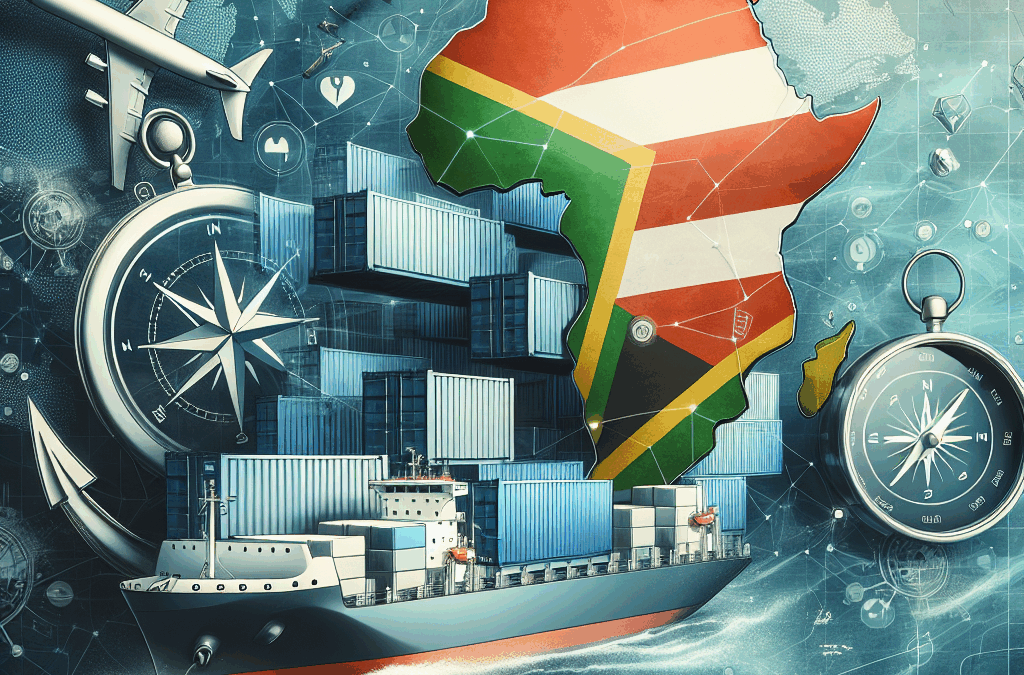When it comes to shipping internationally, understanding the nuances of the process can make all the difference, especially when sending packages from the U.S. to South Africa. Whether you’re an individual sending a gift or a business owner looking to expand your customer base, navigating the complexities of international shipping requires careful planning and knowledge of regulations.
Understanding Shipping Options
When shipping from the U.S. to South Africa, you have several options, each with its own benefits and drawbacks. The most common carriers include:
– United States Postal Service (USPS): Known for its affordability, USPS offers several services like First-Class Package International Service and Priority Mail International, suitable for lighter packages.
– Private Couriers: Companies such as FedEx, UPS, and DHL provide expedited services that are faster but often come at a higher cost. These carriers typically offer tracking options, which can be crucial for customers expecting timely deliveries.
Packaging Your Shipment
Proper packaging is essential to ensure that your items arrive safely. Here are a few tips:
– Use sturdy boxes that can withstand the rigors of international travel.
– Cushion fragile items with bubble wrap or packing peanuts.
– Seal packages securely with packing tape.
– Clearly label your shipments, including both the destination address and your return information.
Customs Regulations
One of the most critical aspects of shipping to South Africa is understanding customs regulations. Shipments may be subject to customs duties and taxes, depending on the contents and their declared value.
– Customs Declaration: Ensure you fill out your customs declaration form accurately. This documentation details what’s in your shipment, which is essential for customs clearance.
– Prohibited and Restricted Items: Familiarize yourself with what can and cannot be shipped to South Africa. Certain items, such as specific types of food, weapons, and counterfeit goods, are strictly prohibited.
Shipping Costs and Delivery Times
The cost and delivery time will vary based on several factors, including weight, dimensions, and shipping method.
– Cost Estimates: Use online calculators from your chosen carrier to get quotes based on your package specifications.
– Delivery Times: Depending on the shipping method, deliveries can take anywhere from a few days (for express services) to several weeks (for economy options). Keep this in mind when planning the timing of your shipment.
Tracking Your Shipment
Most reputable carriers provide tracking services that allow you to monitor your package’s journey. This feature is especially helpful for international shipments, as it provides peace of mind and updates on expected delivery dates.
Insurance and Liability
Consider purchasing shipping insurance, especially for high-value items. This will provide coverage in case of loss or damage during transit. While most carriers offer some liability coverage, it may not be sufficient for valuable items.
Conclusion
Successfully shipping from the U.S. to South Africa requires careful consideration of options, regulations, and best practices. By understanding the various shipping methods, packaging requirements, customs regulations, and costs, you can ensure a smoother and more successful shipping experience. Whether you’re sending personal items or growing your business internationally, being informed will allow you to navigate the process with confidence.

